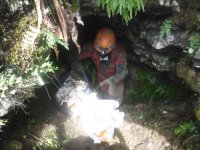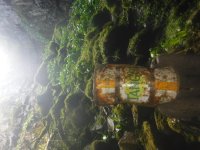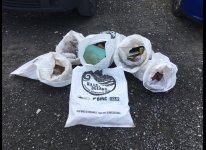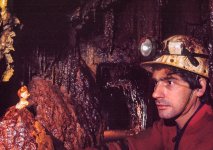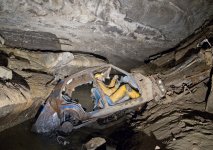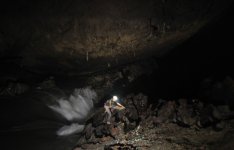nobrotson
Active member
Does anyone have any good images of visible plastic pollution in caves? I'm not thinking solely of plastic left there by cavers, but more of stuff that has been washed into a cave from the outside. Images from any cave anywhere in the world, please say where they are from.
I'd like to use them in something I'm writing about plastic pollution in remote places. If you're happy for me to use a photo you post here for this purpose (I will credit you of course) then I'd be extremely grateful.
And if anyone knows of any studies that have been done into plastic pollution, and specifically microplastic pollution, in caves, then I'd be very grateful if you could direct me to them
I'd like to use them in something I'm writing about plastic pollution in remote places. If you're happy for me to use a photo you post here for this purpose (I will credit you of course) then I'd be extremely grateful.
And if anyone knows of any studies that have been done into plastic pollution, and specifically microplastic pollution, in caves, then I'd be very grateful if you could direct me to them



